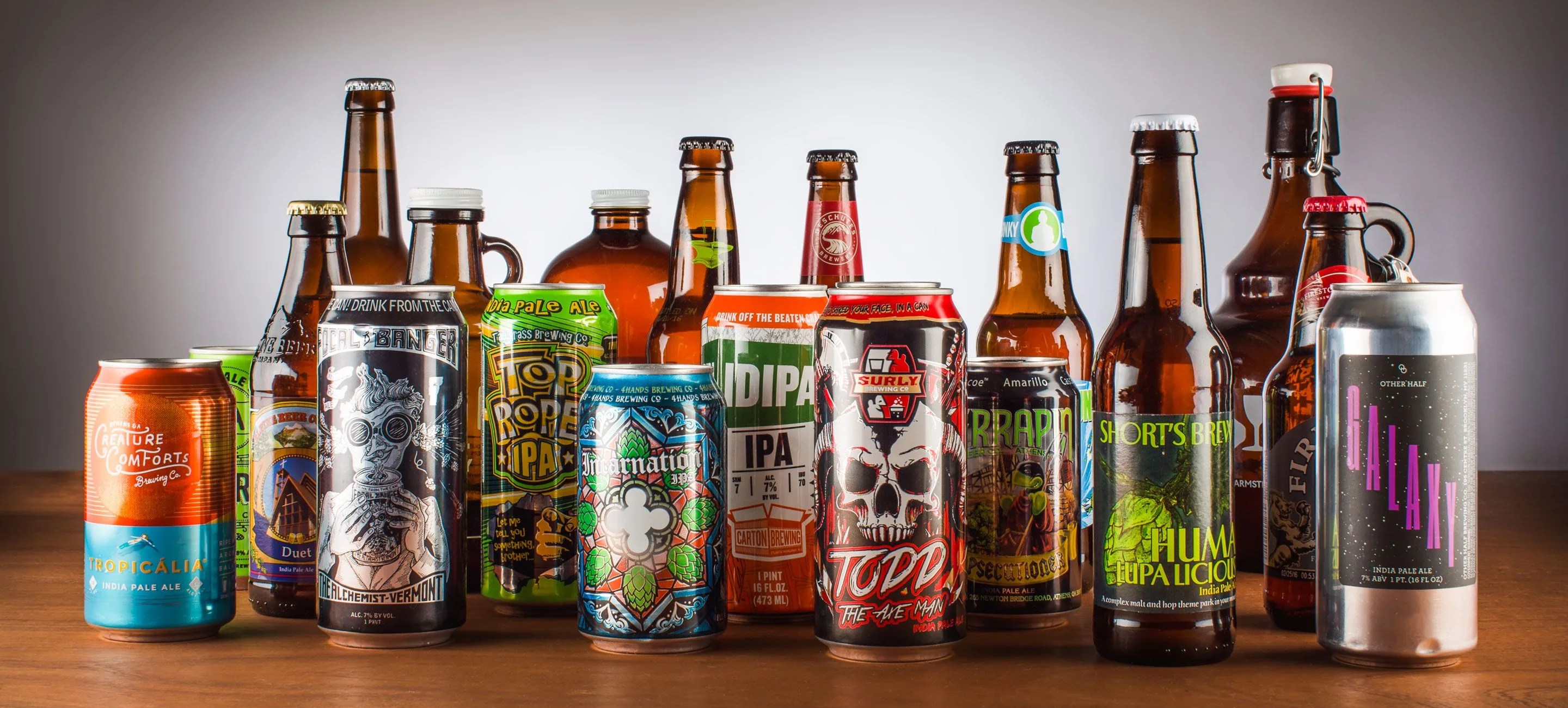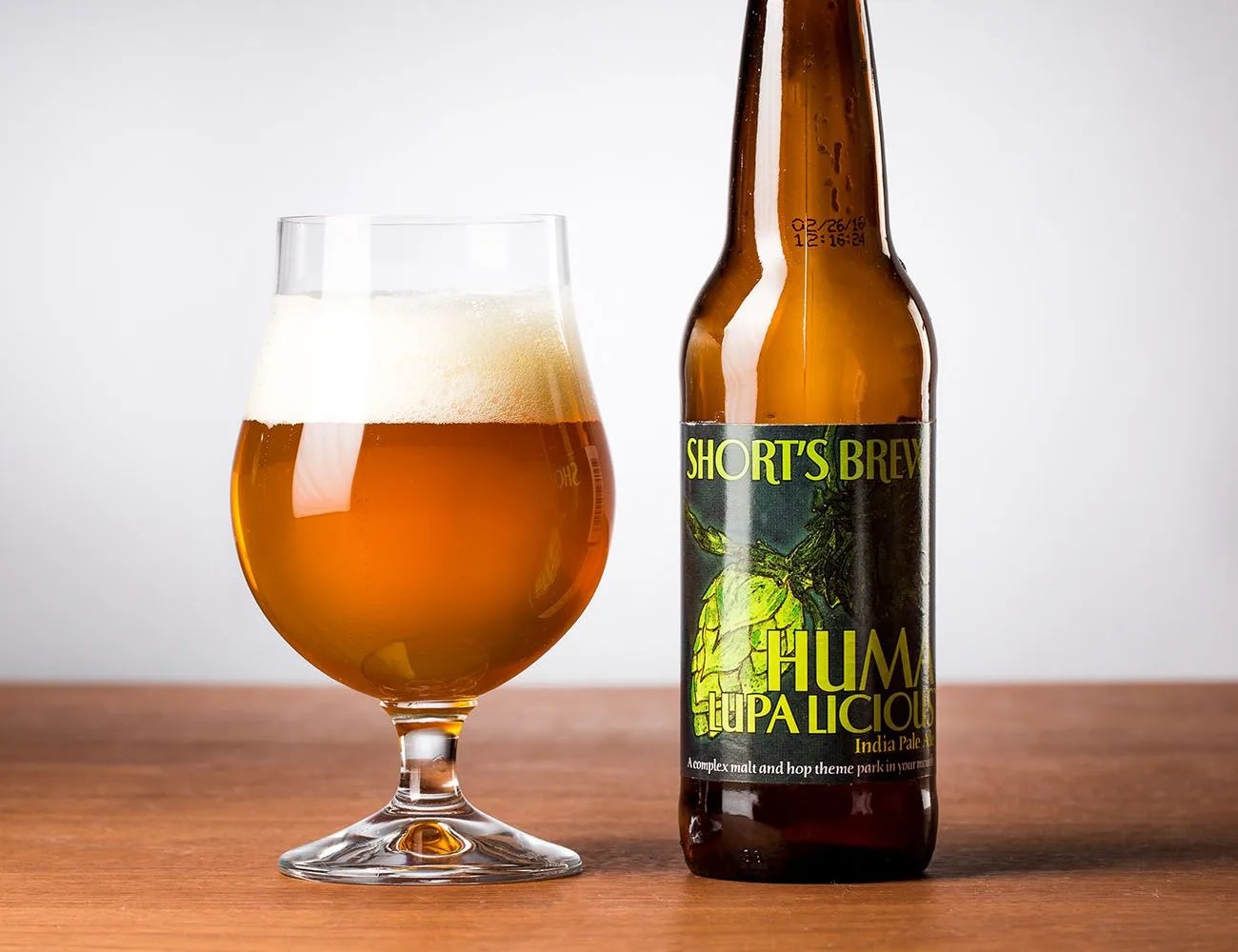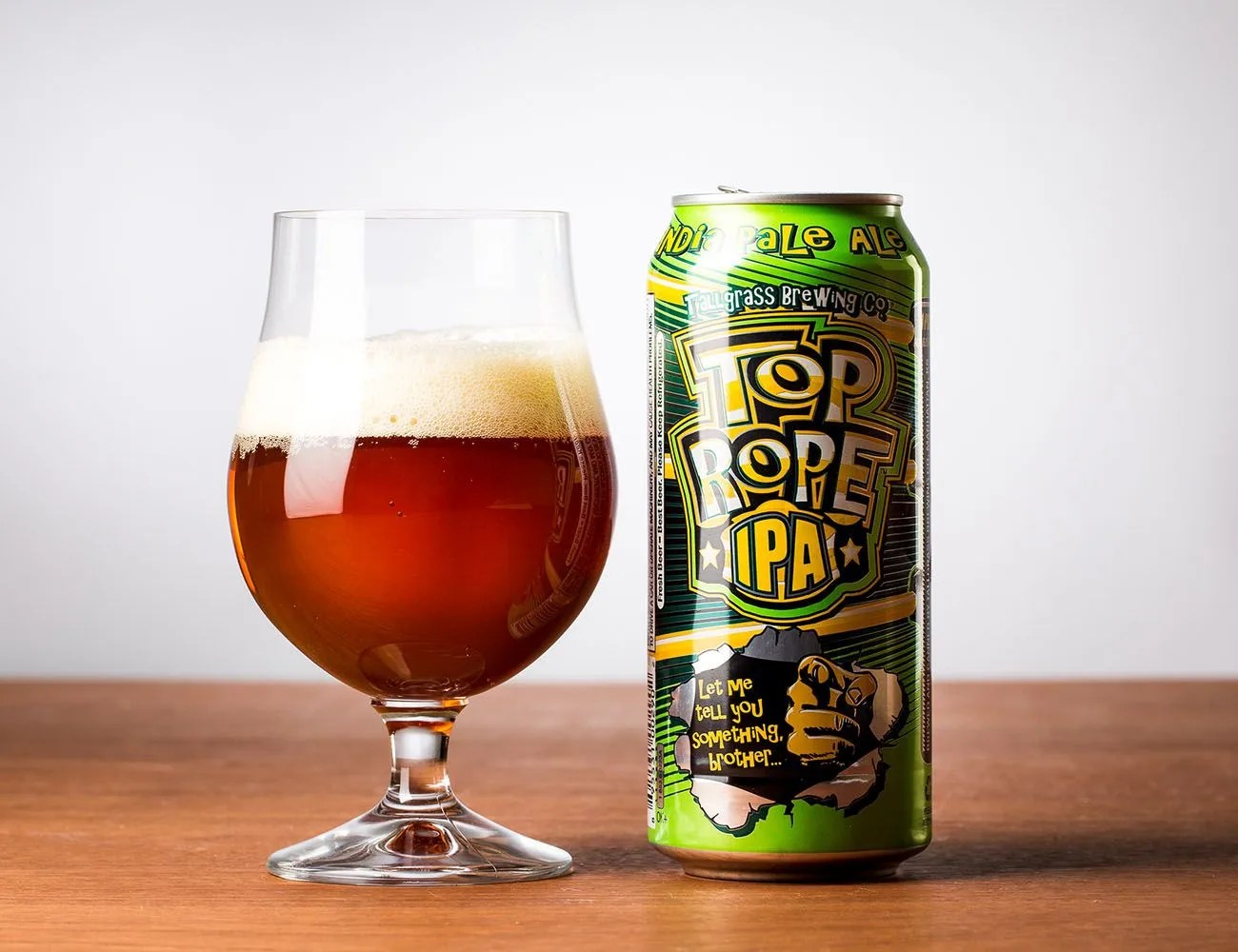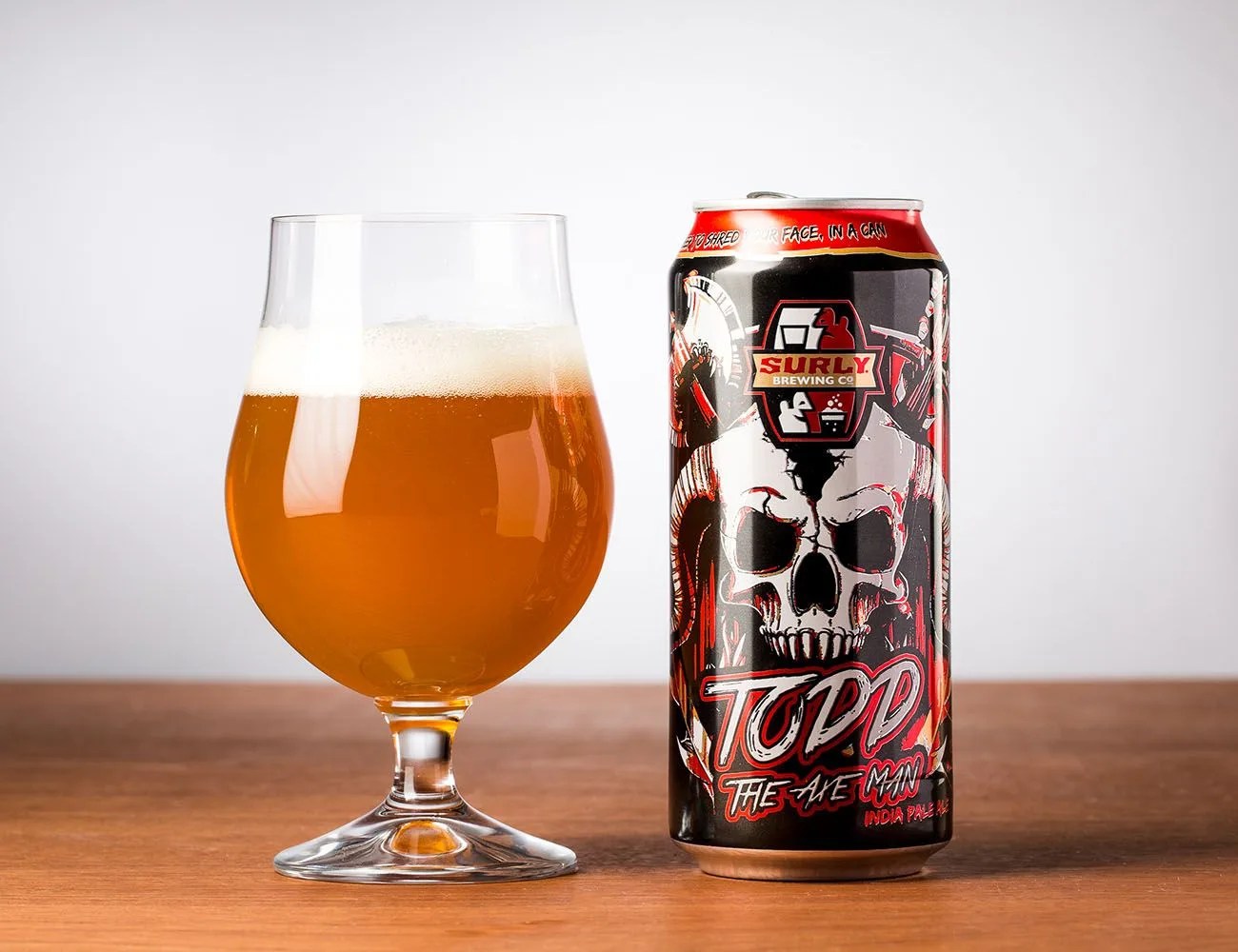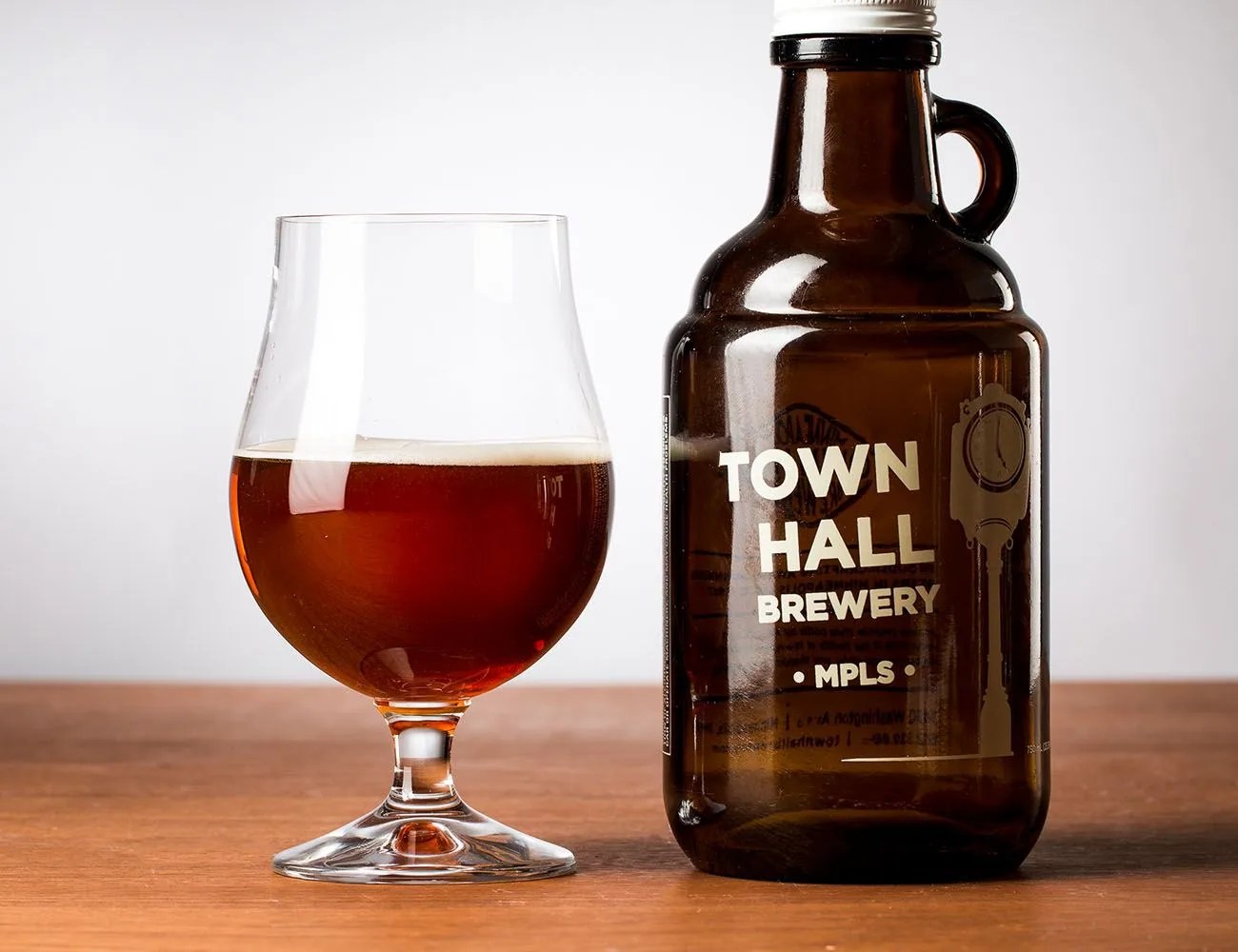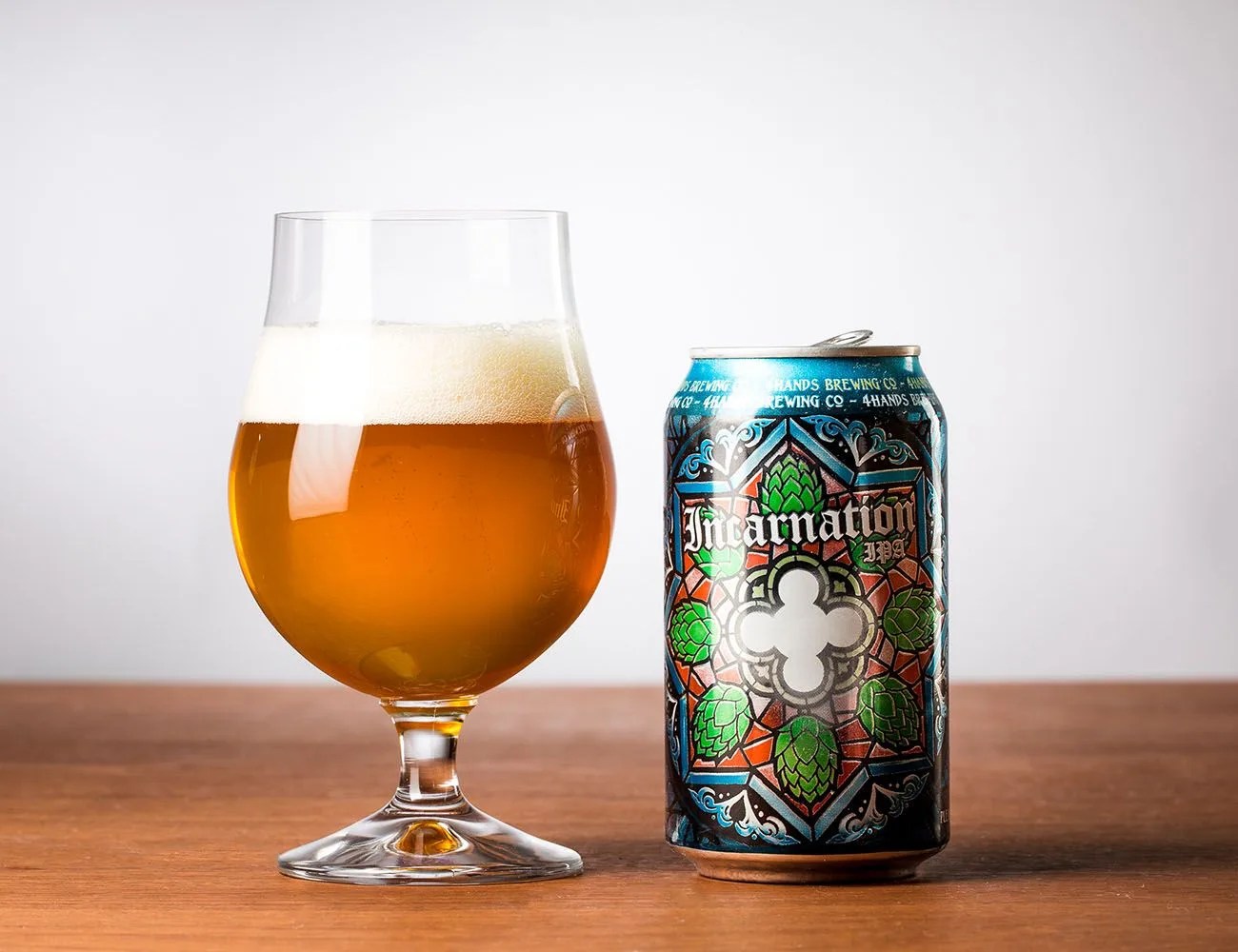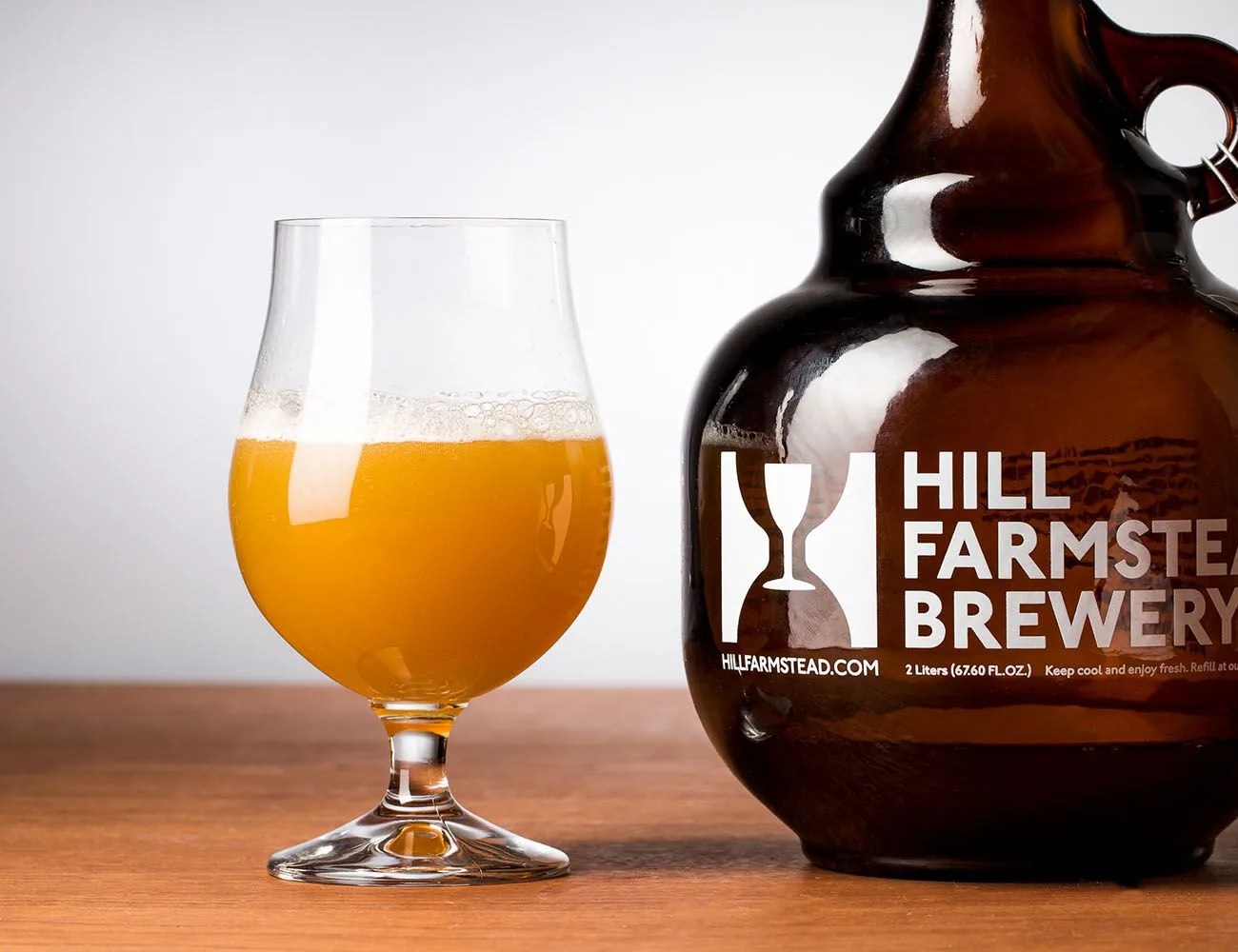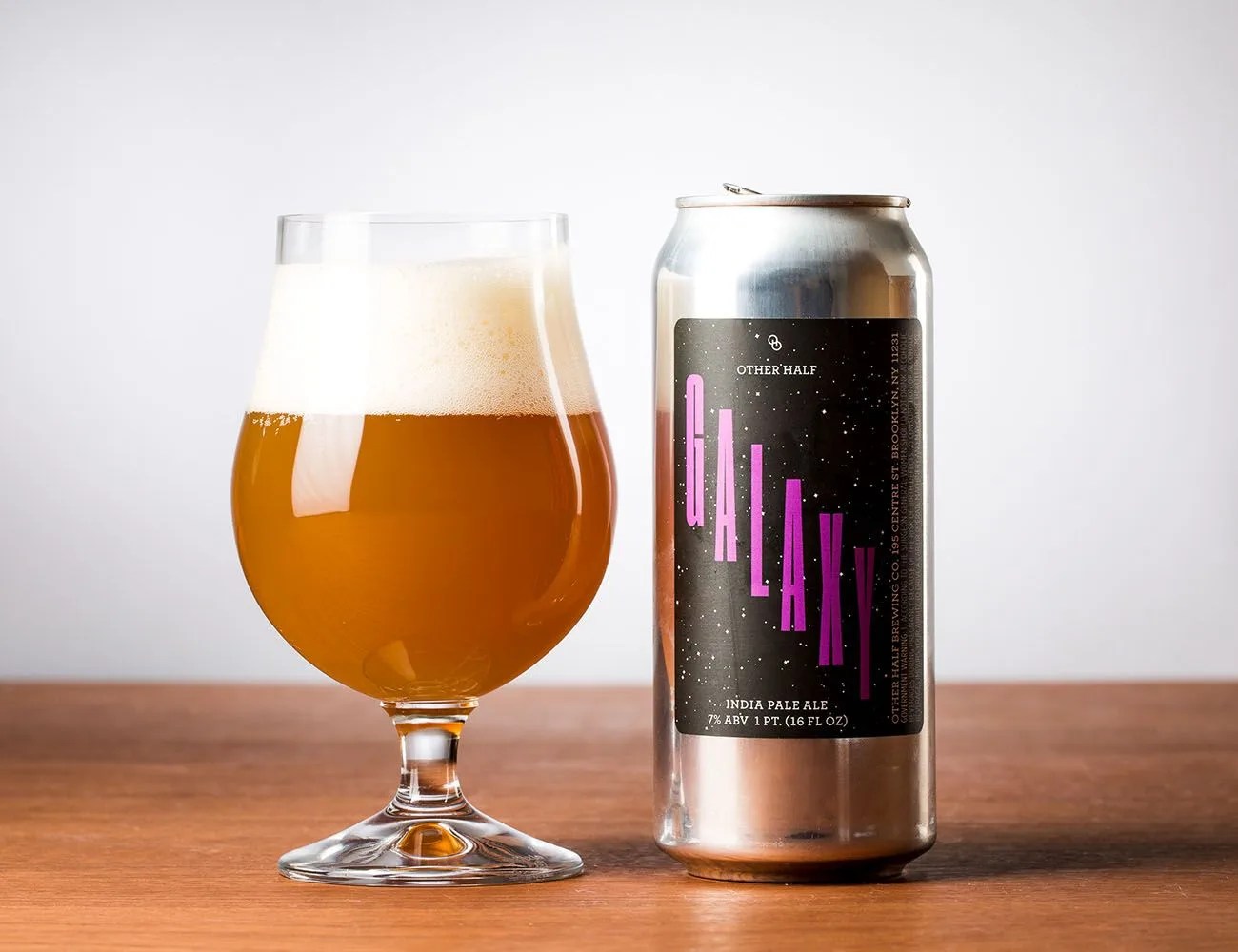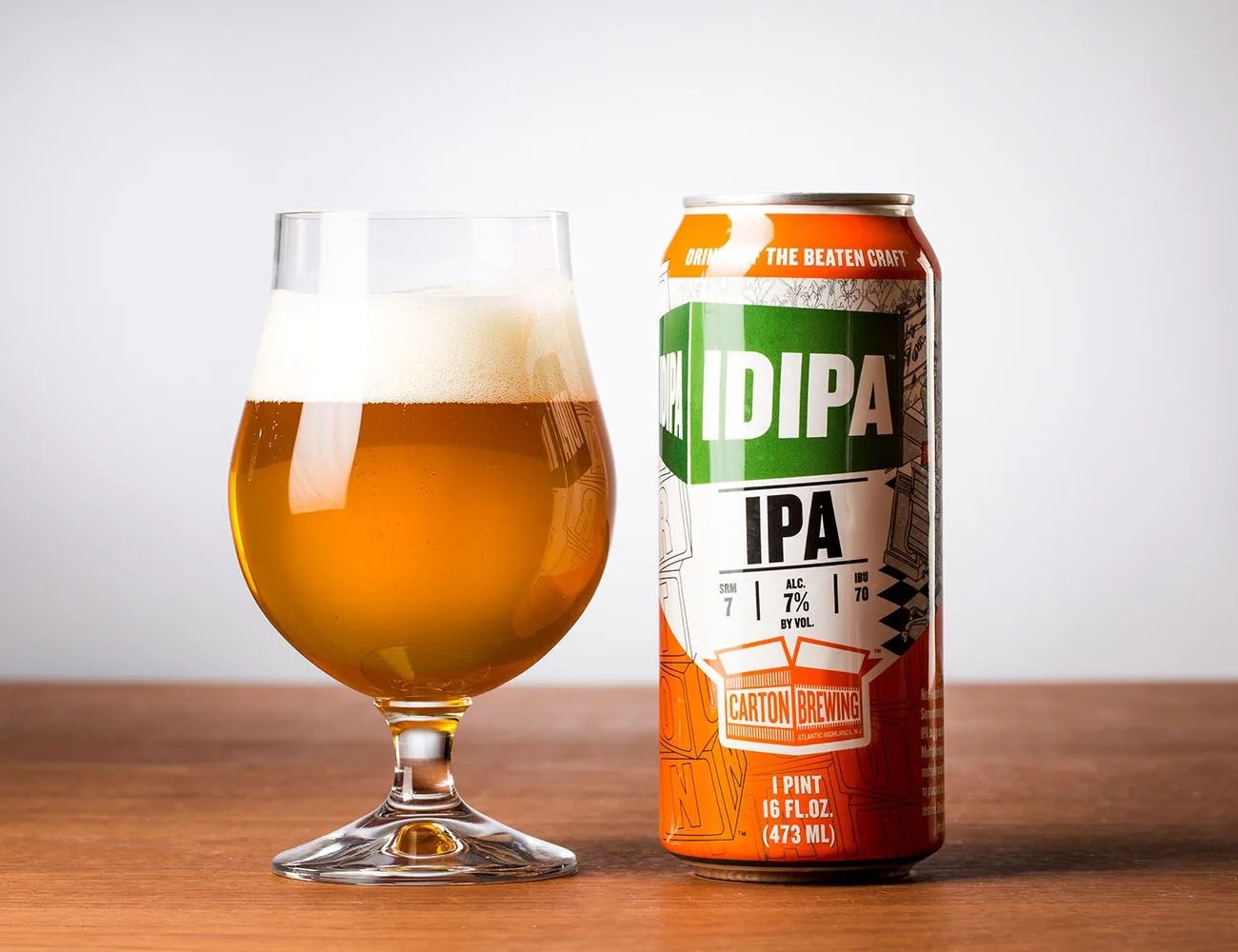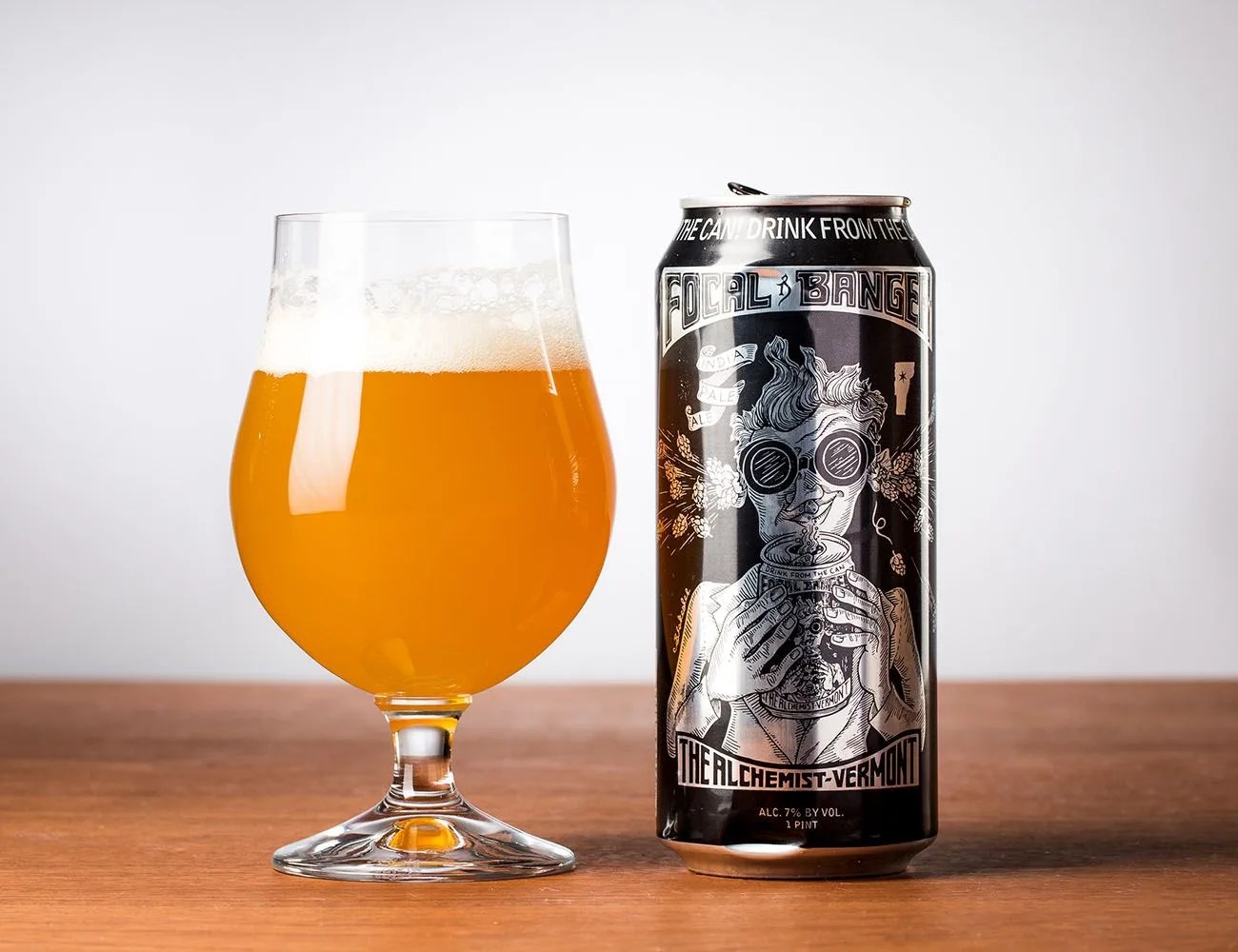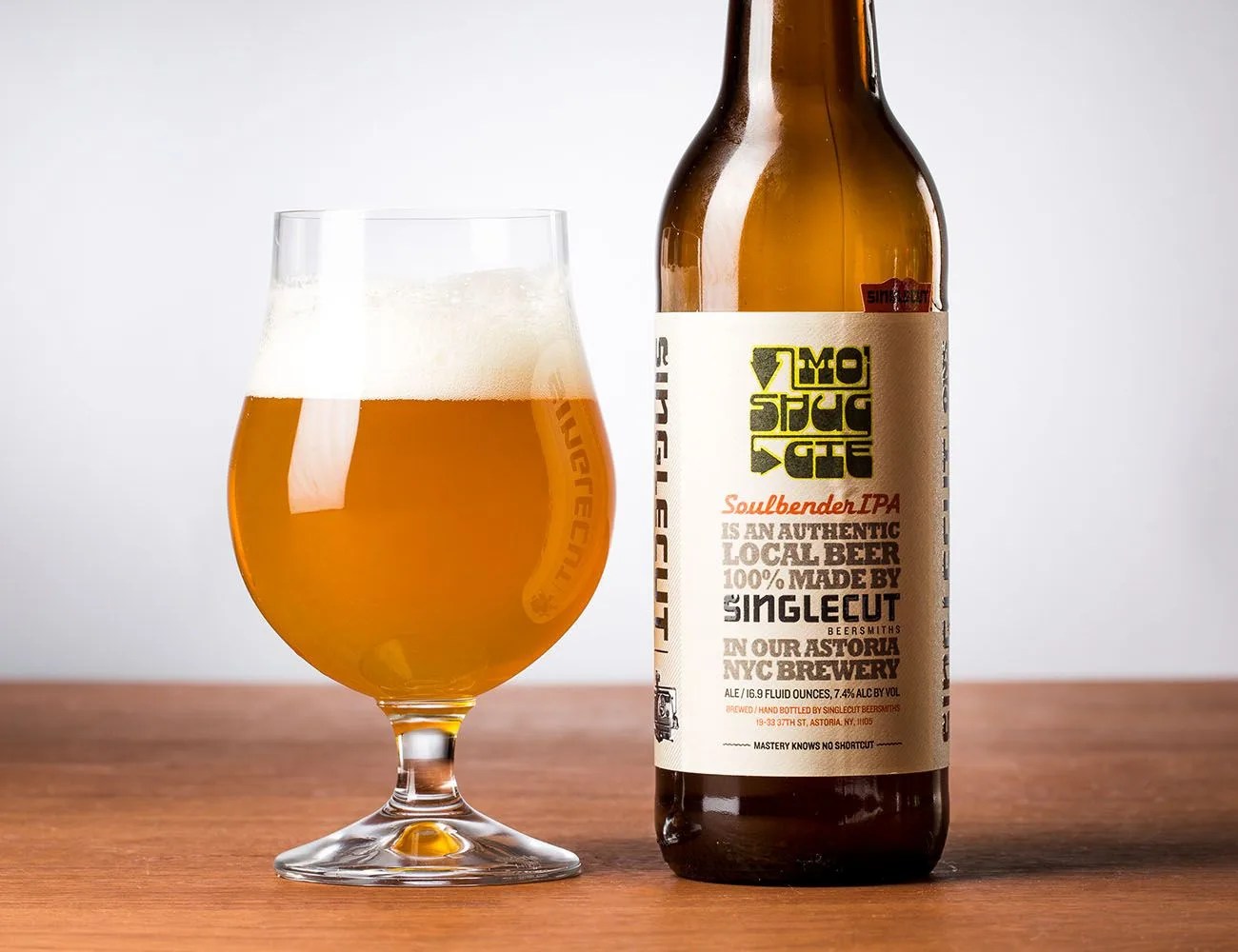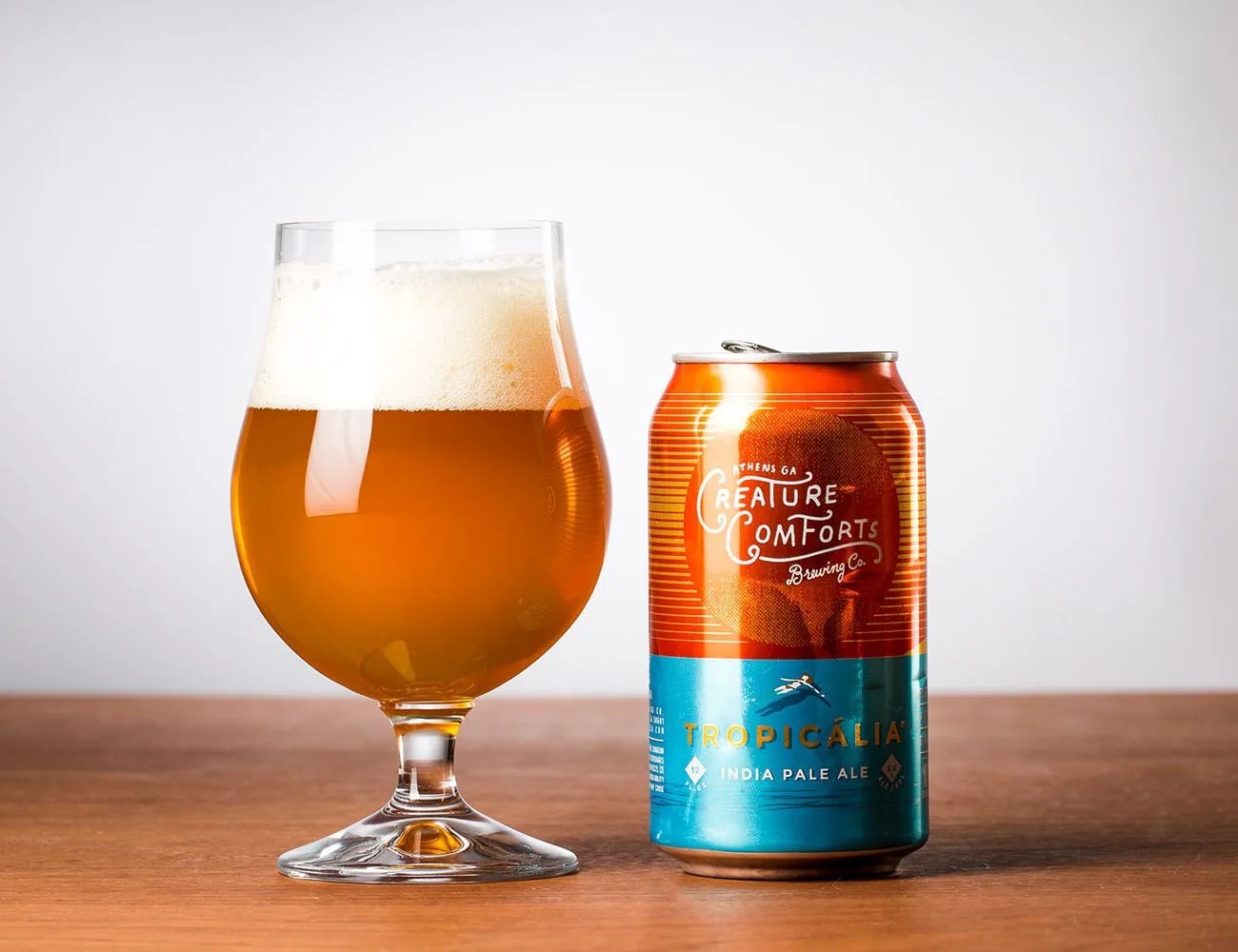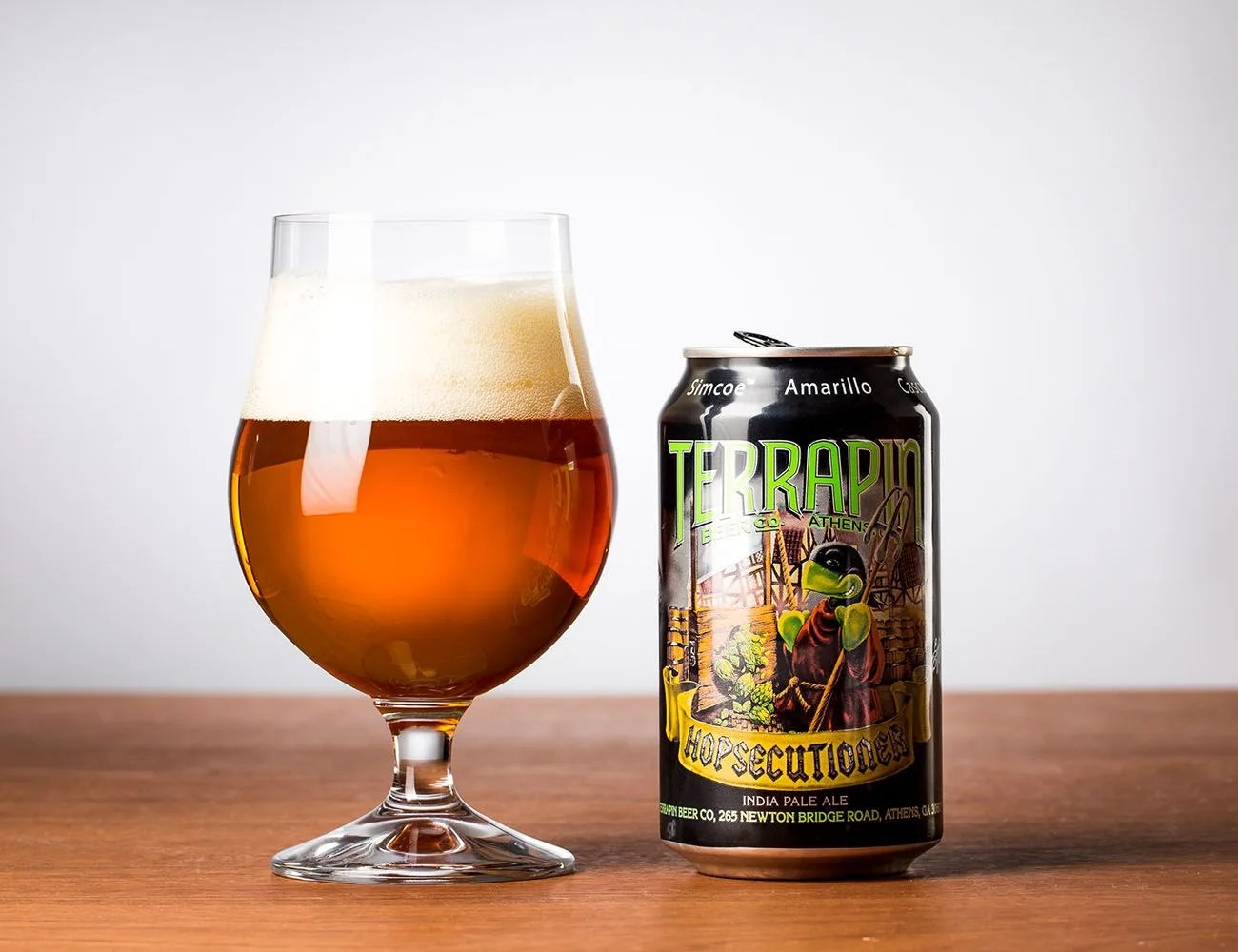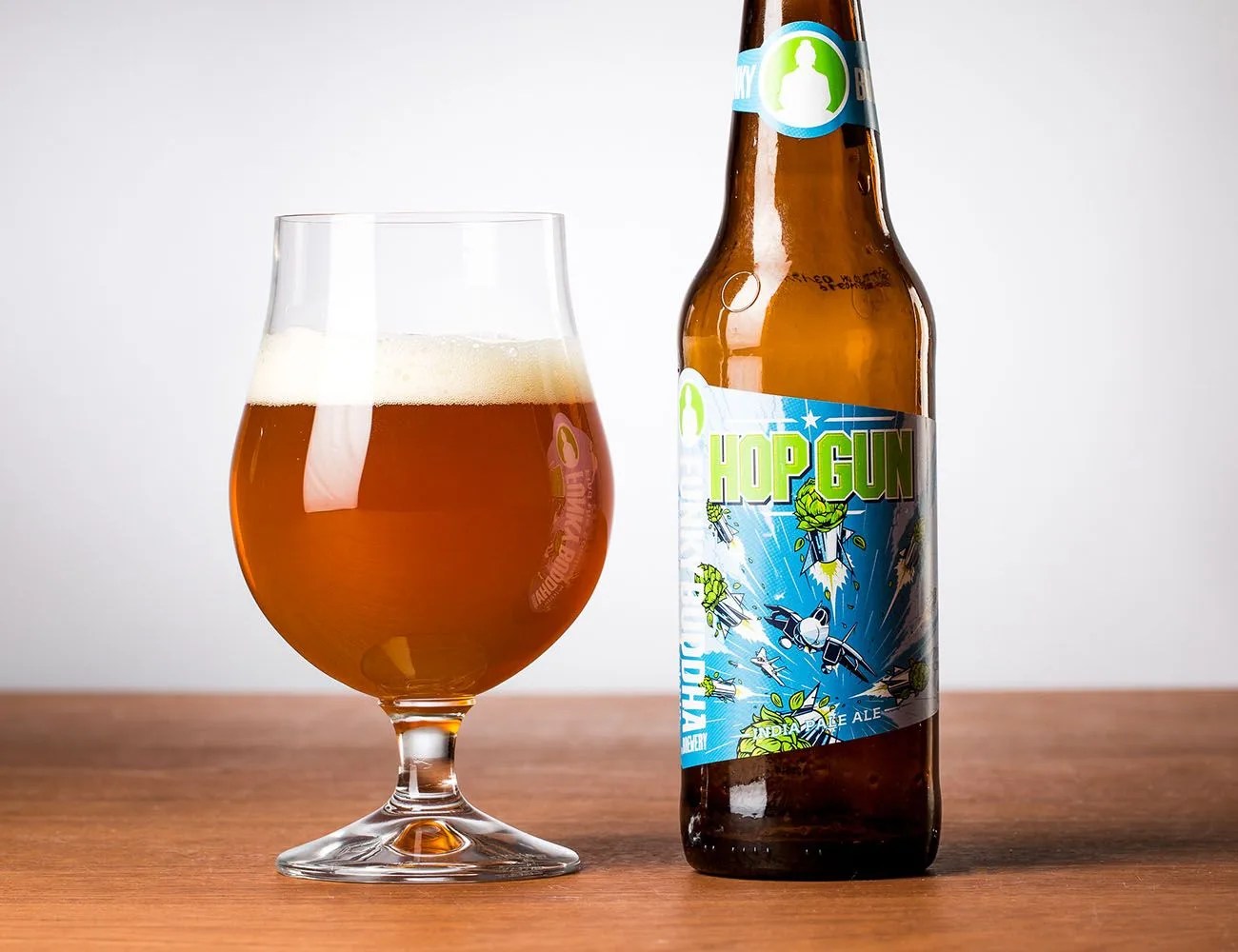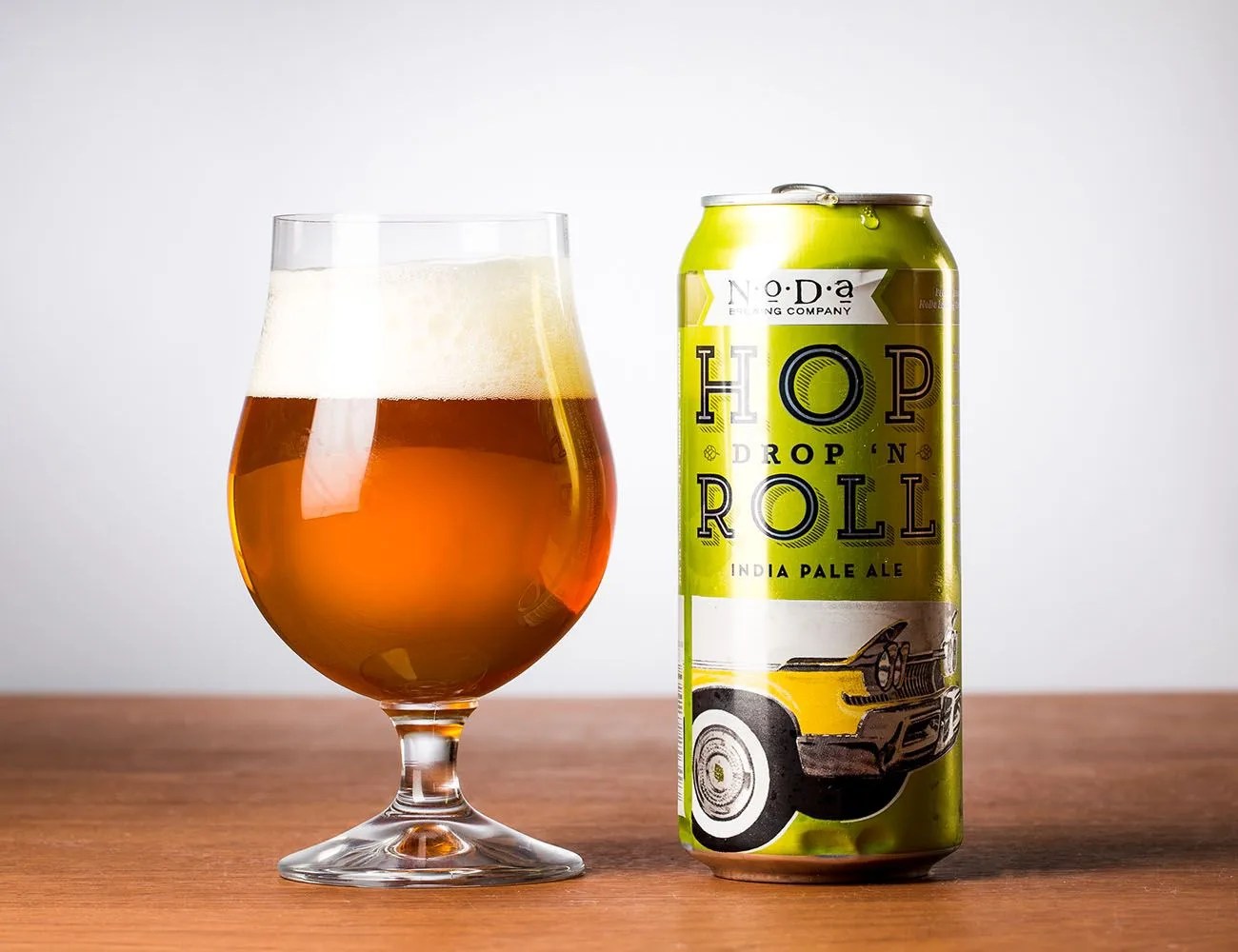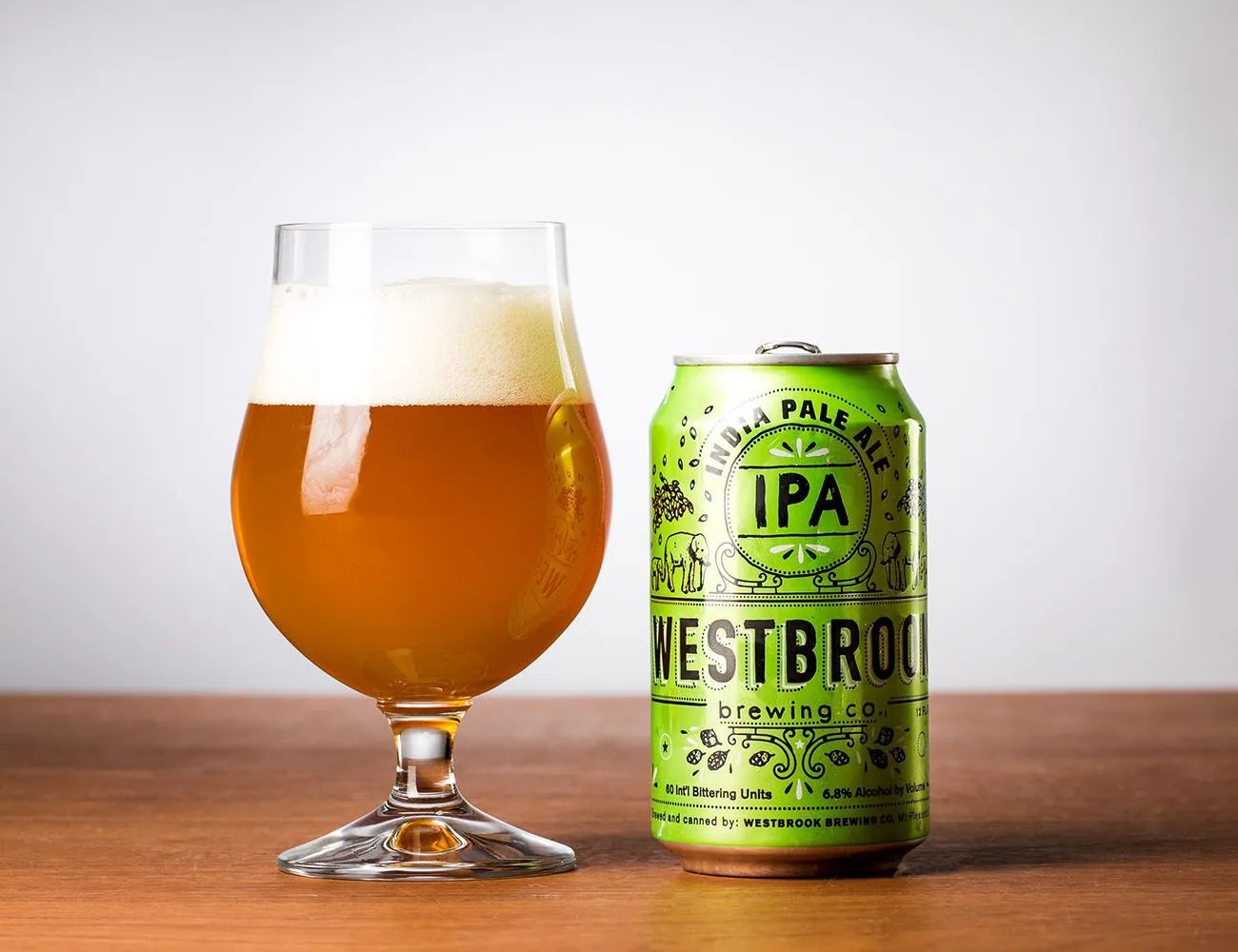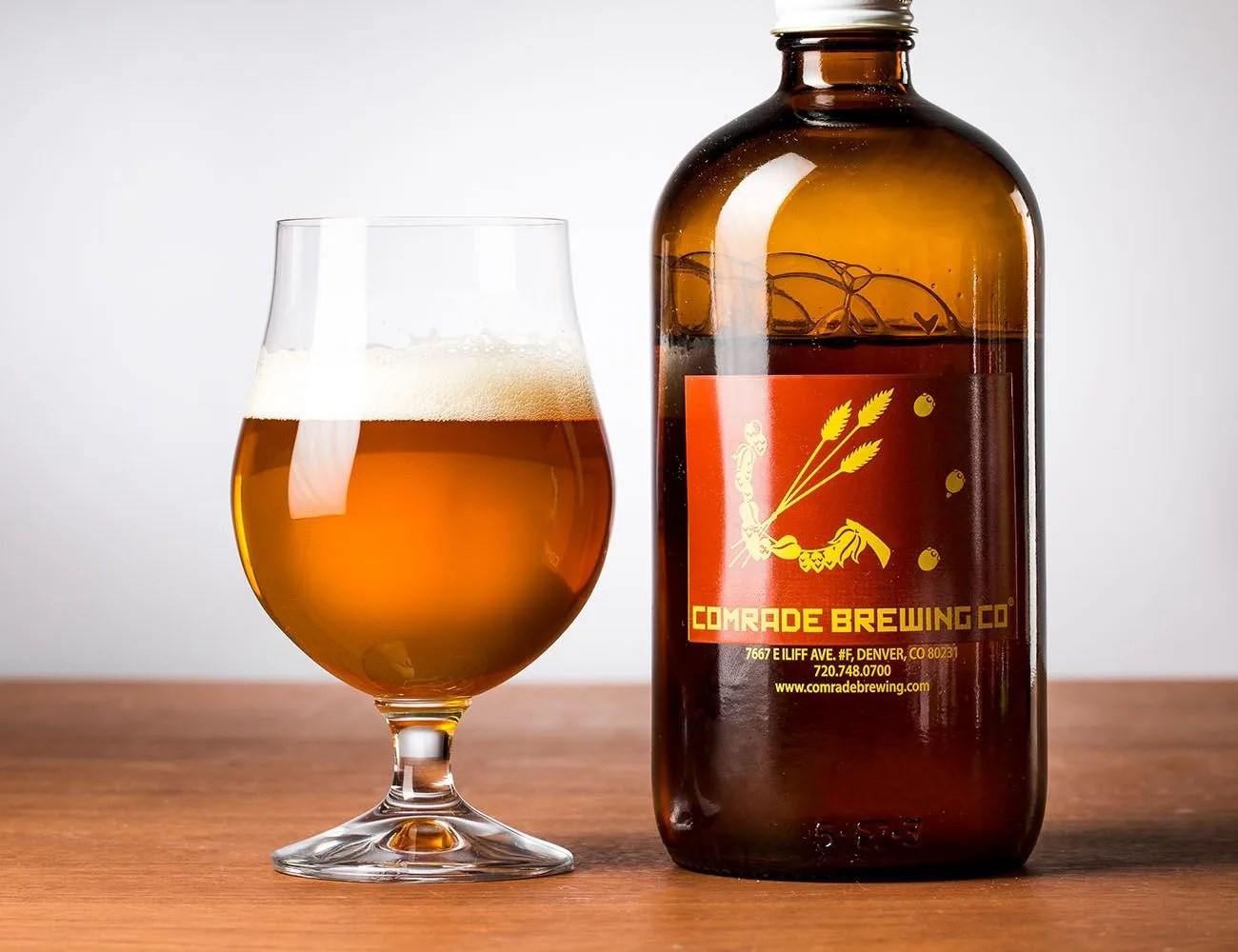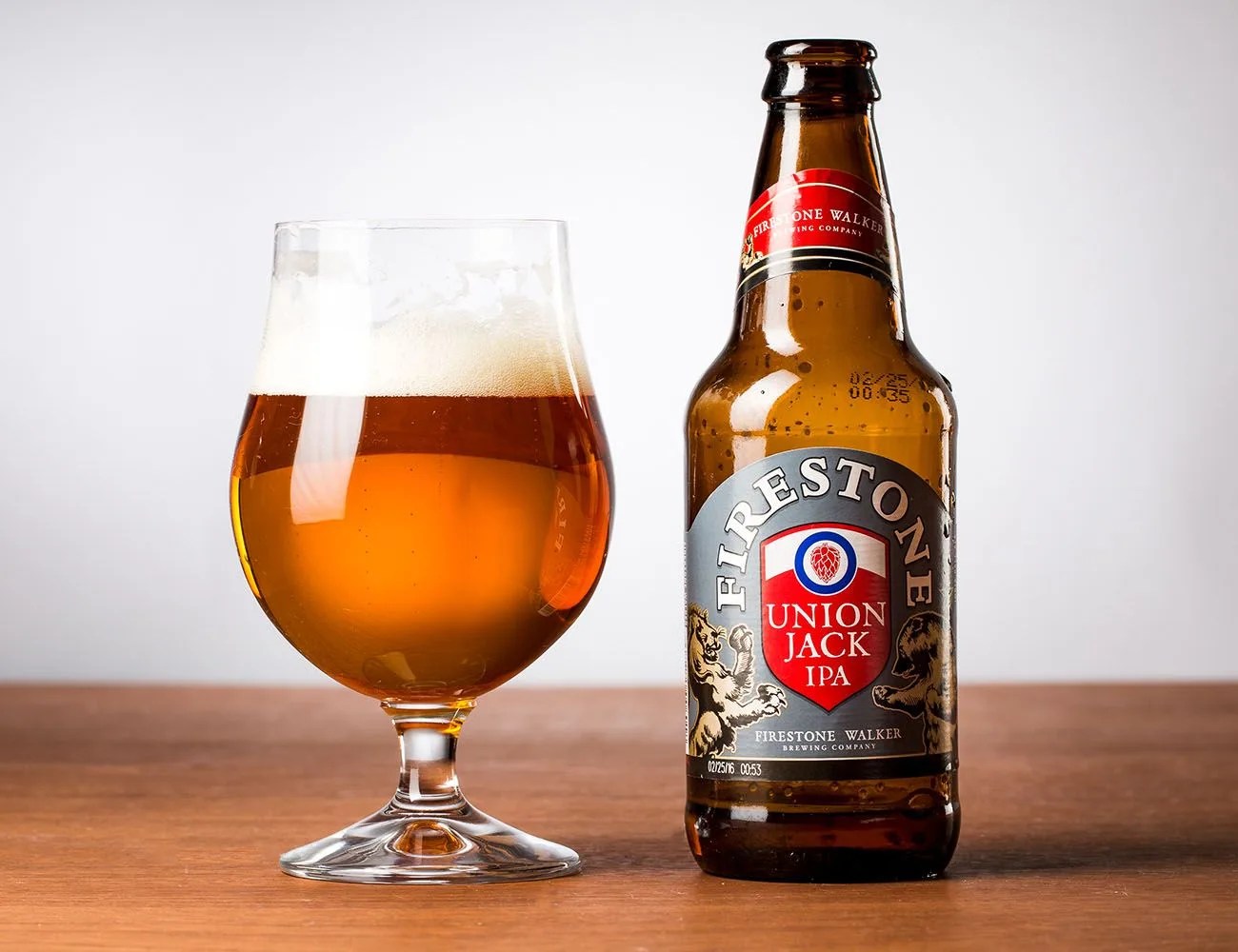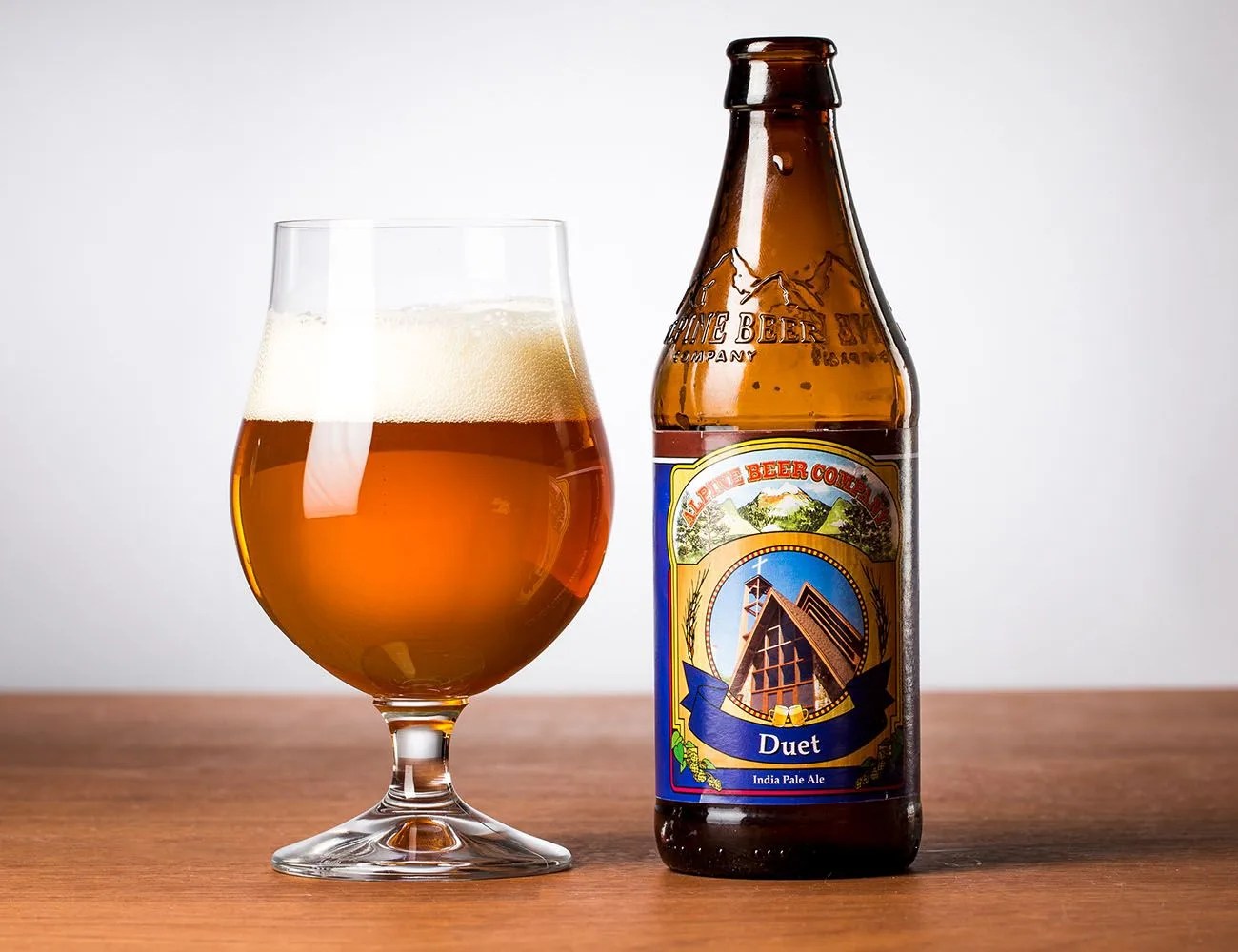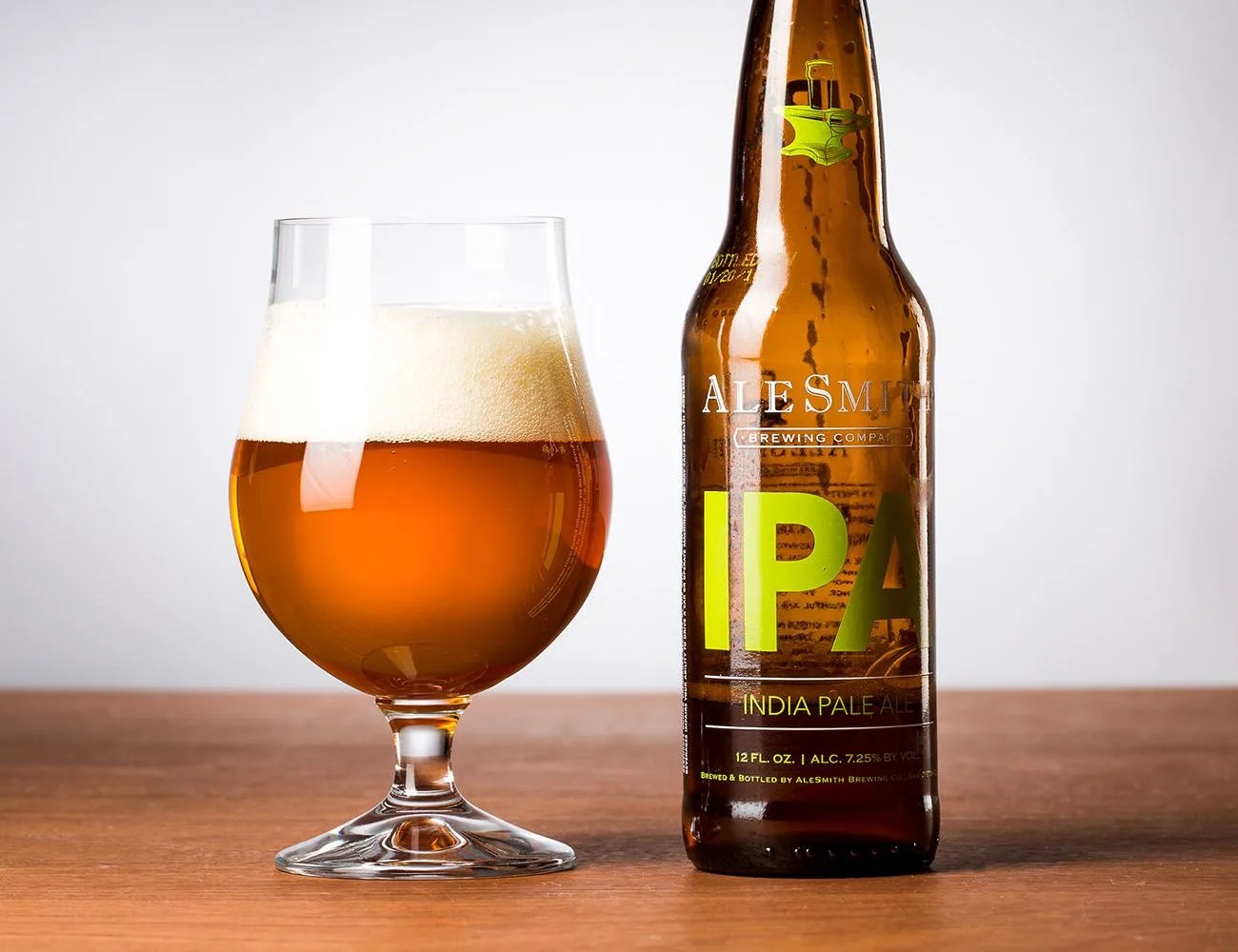Chances are, your first craft beer was an IPA. The hop-heavy beer gets its name from its first major market, India, which necessitated a long ocean voyage, leading brewers to exchange the sweet, malty ales, which would spoil faster, for more bitter, lighter ales, which would last longer. Today, the style, with its characteristic piney, fruity aroma and juicy, bitter taste, is a crowd favorite — the safe bet for any house party. In the past, this magazine has covered double IPAs and juicy IPAs and the entire lineup of Dogfish Head IPAs, not to mention some session IPAs and our standout favorite IPA. Now it’s time we dig into the normal, regular, knows-what-it-wants, confident but not cocky, standard American IPA. Read on to see our selections for the best IPAs in the American South, West, Midwest and Northeast, along with comments from expert brewers on what makes this style tick.
Your Hop Cheat Sheet
Amarillo: Found growing wild. Intensely fruity (citrus, melon, and stone fruits), well suited for American “hop bombs.” — Alpha Acid Content: 8-11%
Cascade (US): May not be classified as special, but its bold, floral, citrusy aroma and flavor began to change the definition of “hoppy.” Most widely grown American “aroma” hop. — Alpha Acid Content: 4.5-7%
Centennial: Has been called “Super Cascade,” and recent demand has skyrocketed right along with increased sales of IPAs. Uniquely floral. — Alpha Acid Content: 9.5-11.5%
Chinook: The piney, resinous aroma it delivers when used in dry hopping has become a hallmark of hop-centric American beers. Bred for bittering and still used for that, but now known for complex, fruity-piney contributions. — Alpha Acid Content: 12-14%
Citra: Poster child for “flavor” or “special” hops, and in demand well beyond the United States. Rich in passion fruit, lychee, peach, gooseberries and a laundry list of other unusual (for hops) flavors. — Alpha Acid Content: 11-13%
Columbus: Often used for bittering, but aromas differ. Columbus hops are often brightly fruity and spicy. — Alpha Acid Content: 14-16.5%
